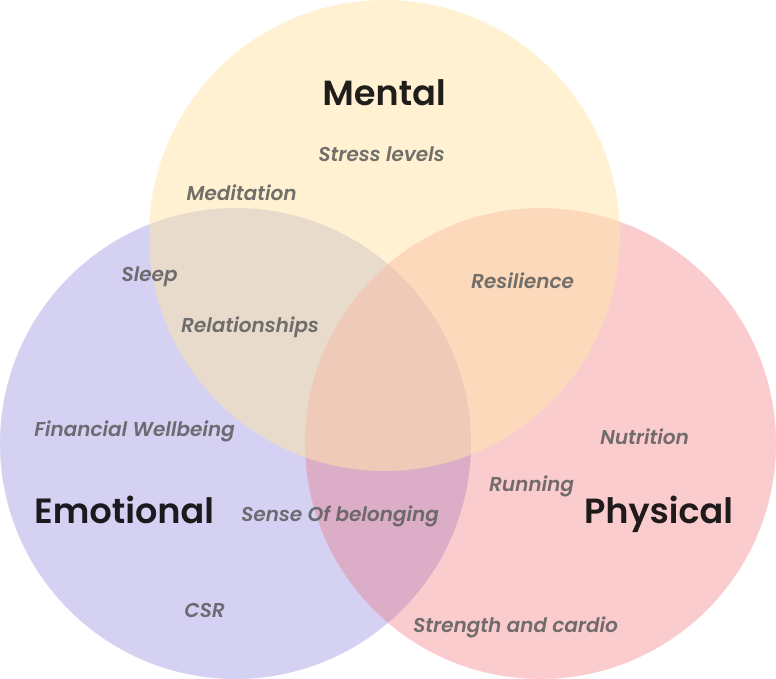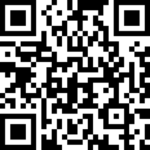Although on-demand wellness software and platforms are increasingly popular, the majority of employees don’t use them. According to the global wellness institute ,
the average participation in on-demand wellness software is less than 5%. That means it’s not likely to significantly improve your workforce’s wellbeing, or deliver a decent ROI. But selecting the right wellness platform can make a huge difference in long-term participation, engagement, and employee satisfaction.
Here are the key factors to consider when choosing a wellness app, software, or platform.
1. Define success factors and KPI for your company
The number one factor for failure to implement wellness software is not defining what success looks like for your company.
Most companies believe that they should implement a wellness program for two reasons:
- An improvement in their employee’s well-being positively impacts their job performance.
- Wellness is a vehicle for team engagement and communication.
In the past, companies focused on developing on-site activities, workshop classes, and lectures for employees. As a result of the modern hybrid work model, however, an on-demand wellness software platform must have the following success criteria: Serve employees whether they are working onsite or from home.
- Reach at least 30% participation per month.
- Have 50+ social interactions between employees per month.

If you’re already using software to manage your wellness program, 30% participation may sound like a dream. Most platforms in the industry today don’t get anywhere near that high participation because they were built way before the hybrid working era, making them unsuitable for the challenges today’s employees face. (Here’s a quick tip: Find a platform that is suitable for the modern workplace.)
2. Understand the long-term motivation for employees to participate.
It’s clear why companies are motivated to create employee wellbeing programs. When they work, there’s an immediate increase in employees’ performance, team communication, and a sense of belonging at the company. Successful wellness programs also contribute to the company culture and build personal relationships between employees. However, in many cases, companies failed to identify what motivates employees to take part in them.
While many employees understand the importance of well-being in their own lives, they aren’t interested in practicing it with their colleagues. They prefer to find their own solutions, such as signing up for a gym or subscribing to their favorite meditation app.
Creating a clear motivation for them to join a program increases the chance of their participation. An example might be introducing a points and rewards system through a Facebook group or Slack channel. Every employee starts with five points and receives an additional point every time they share an experience of practicing wellbeing at home(redeemable for a new Apple watch when they reach 100 points).
Do you think this would increase the probability of them practicing well-being and inspire others as well? Yes! Would it help your company create a culture? You bet!
The right motivation will foster long-term engagement and participation and make the program fun.
(Here’s a quick tip: Connect the points to your defined success criteria we discussed earlier)

3. Find a single on-demand wellness solution that applies to all of your employees.
Would an on-demand yoga platform be relevant for all of your employees? Probably not. A fitness platform with various fitness activities? Maybe more relevant than the yoga platform, but limited to a very small number of employees. Choosing a platform that is too specific limits your participation before you even start.
In the past, corporate wellness was a fitness solution. Today we understand that well-being is a combination of our physical, emotional, and mental states. Sleep patterns, relationships, stress levels, and a sense of belonging are often far more important than simply measuring our physical activity.
Since employees might need a different solution at different times, a comprehensive solution that includes physical, mental, and emotional well-being would enable them to find the relevant support that they need.
4. Make sure it’s easy to measure success.
Measuring the activity of on-demand wellness software is difficult. When you realize that most of your employees aren’t using them, you’ll stop working with them.
That’s why it’s so important to understand how the software measures participation and engagement beforehand. Ask to see the dashboard or an example report that reflects these numbers.
A trick that some corporate wellness apps use to manipulate the number of active users is that they count each time someone logins to the app as active. These logins can be a result of the constant emails and push notifications sent that users click on once or twice. This shows a much higher number of active users than the number of users actually using the app.
Selecting the right on-demand wellness software helps support the performance of your company in a very measurable way. Do the market research and try different tools before selecting the one that is aligned with your goals.










